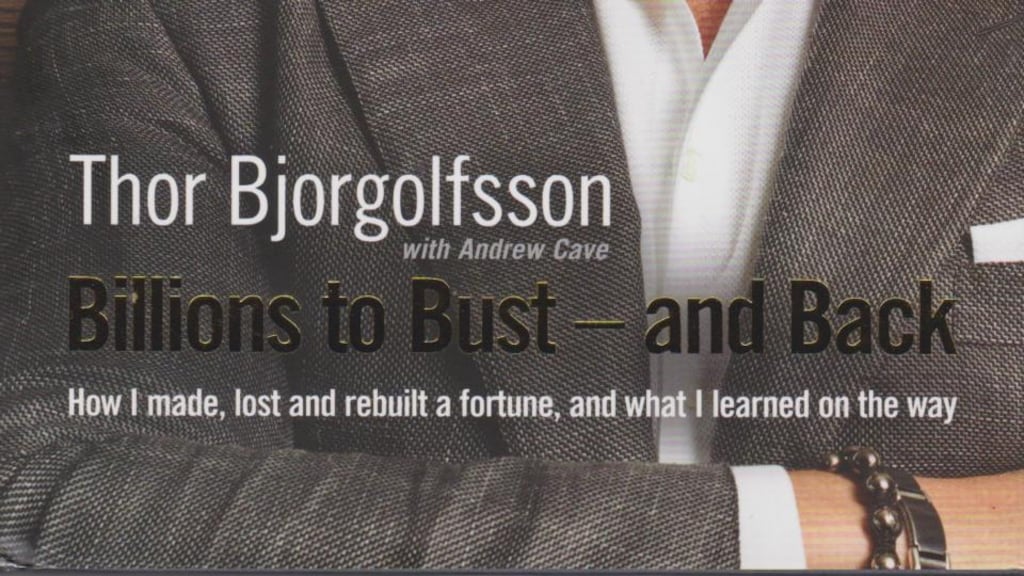Self-confessed deal junkie Thor Bjorgolfsson's riches to rags story is literally the stuff of legend or as the Economist's Matthew Bishop neatly describes on the dust jacket, a tale of triumph, disaster and redemption in the finest tradition of Viking sagas.
Assisted in the narrative by journalist Andrew Cave, we are taken quickly on a journey from his native Iceland, where his high-ranking father was arrested and received a suspended sentence for corporate fraud, to his move to US and then to Russia where his first major business break occurs.
Thor’s timing proves excellent. He arrives in St Petersburg in 1993 as it begins to embrace the free market and, with a friend who has a background in brewing in Iceland, establishes a soft drinks joint venture with some former Communist Party officials.
The venture has a rocky start and almost goes bust but Thor eventually takes the helm and shifts the brewery into alcopops, which nobody else was doing in Russia at the time.
Curiously, alcopops received tax breaks in Russia as the government was trying to steer people away from vodka drinking.
The venture is a huge success as is a beer-production business that soon follows. He makes his first major killing, pocketing $100 million when he sells the business to Heineken.
Thor maintains that a great deal of nonsense has been written about his so-called mafia connections, of which the “vast majority of which is untrue”.
He addresses the ambiguity of this as follows: “It is virtually impossible not to come across what Russians call bandits when operating in the country. The media like to pretend that there is a well-functioning Russian society, which then has to deal with a well-functioning foe, the Russian Mafia. My experience is that this is a myth.”
He then describes the various levels of corruption from the street dealers to the shady blacked-out Mercedes drivers to the more serious government-level corruption that he has brushed with.
Thor’s Heineken money provides the seed capital for further adventures and he manages to multiply this by 40 times over the next six years. The hard slog of Russia is replaced by exciting ventures in the newly emerging economies of eastern Europe, where he enjoys the company of prime ministers.
This involves diversification into others, with telecoms and pharmaceuticals in particular proving exceptional profitable. He makes the cover of Forbes magazine in 2005 and joins the elite at Davos, which brings further investment opportunities. By the age of 40, Thor's worth is estimated at $4 billion.
It all went wrong in 2008. The collapse of his native Iceland was a factor as he was highly exposed there and the leveraged nature of his wide range of investment compounded his problems.
Reflecting on his mistakes, Thor acknowledges that he “lost his sense of danger” and had started to make investments without having a full grasp of them. Like many others, his worshipping the god of leverage was a key mistake, he acknowledges.
Everyone buying into a bubble thinks it is different this time but he never is, he also recognises with hindsight.
The story has a happy ending as Thor’s slowly rebuilds his businesses and manages to pay off his creditors. By 2013, US investment banks are calling him again to facilitate deals and the cycle of success turns sharply again.
Thor’s insights into the mentality of a deal junkie are interesting. For him, the crucial trick is to accept more risk than other investors will stomach and then to quickly de-risk through financial engineering before selling out to people with different risk appetites.
His eye is always on the exit and the value is produced in the de-risking of the investment.
“Do I want a level playing field? No – no more than a surfer would like the sea to turn flat,” he concludes.














